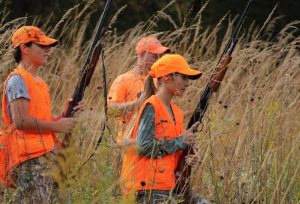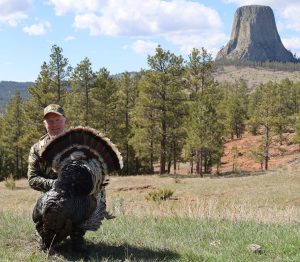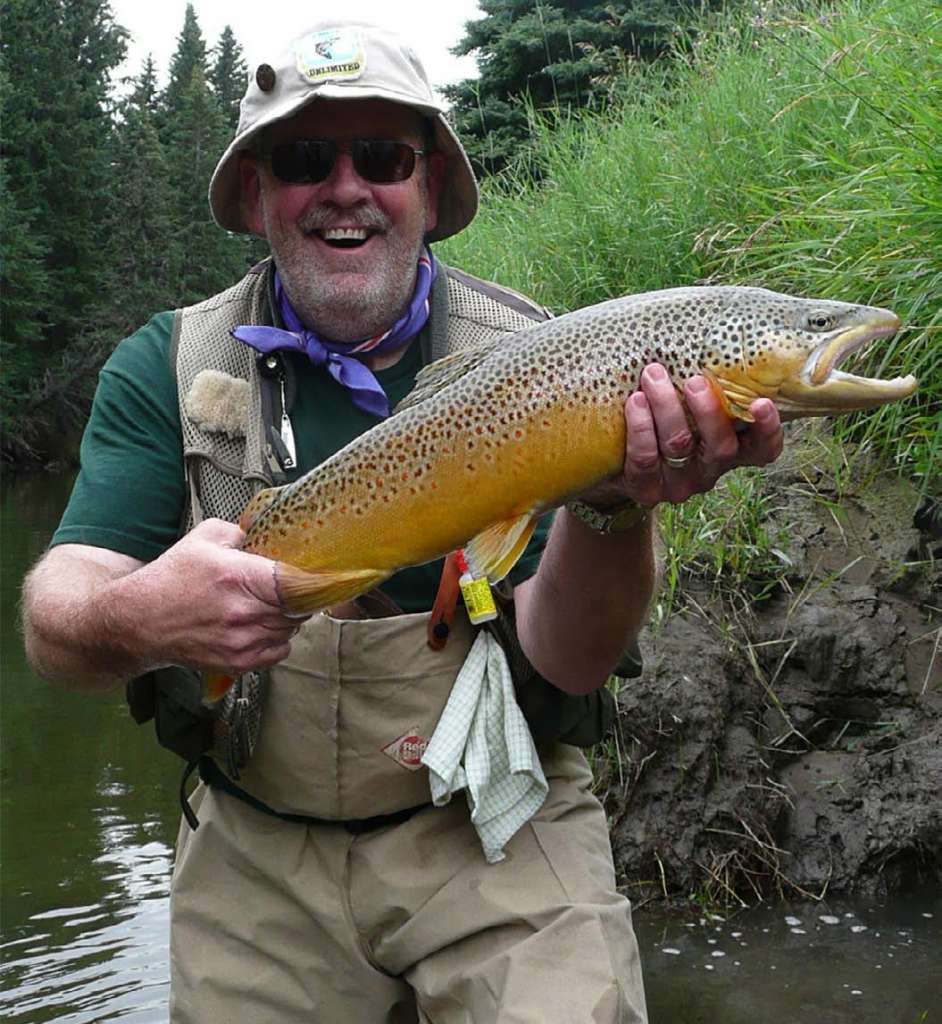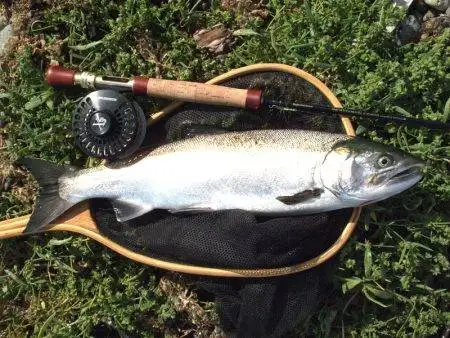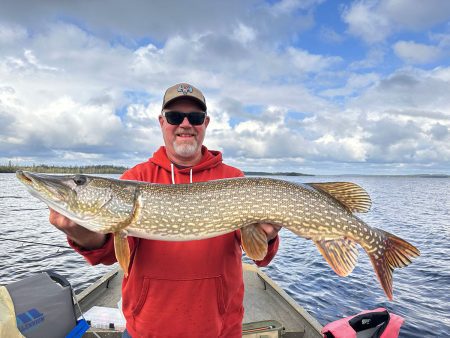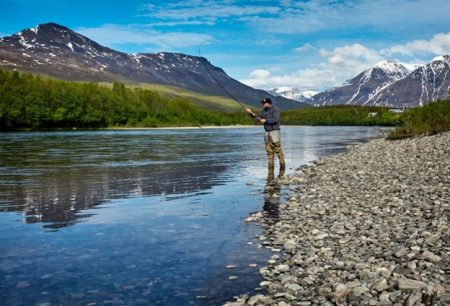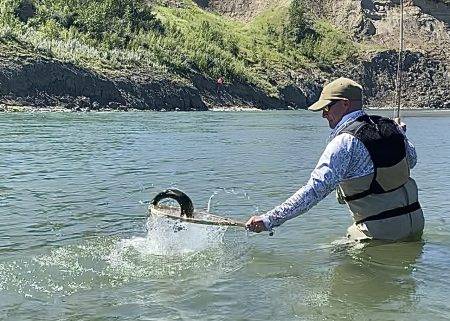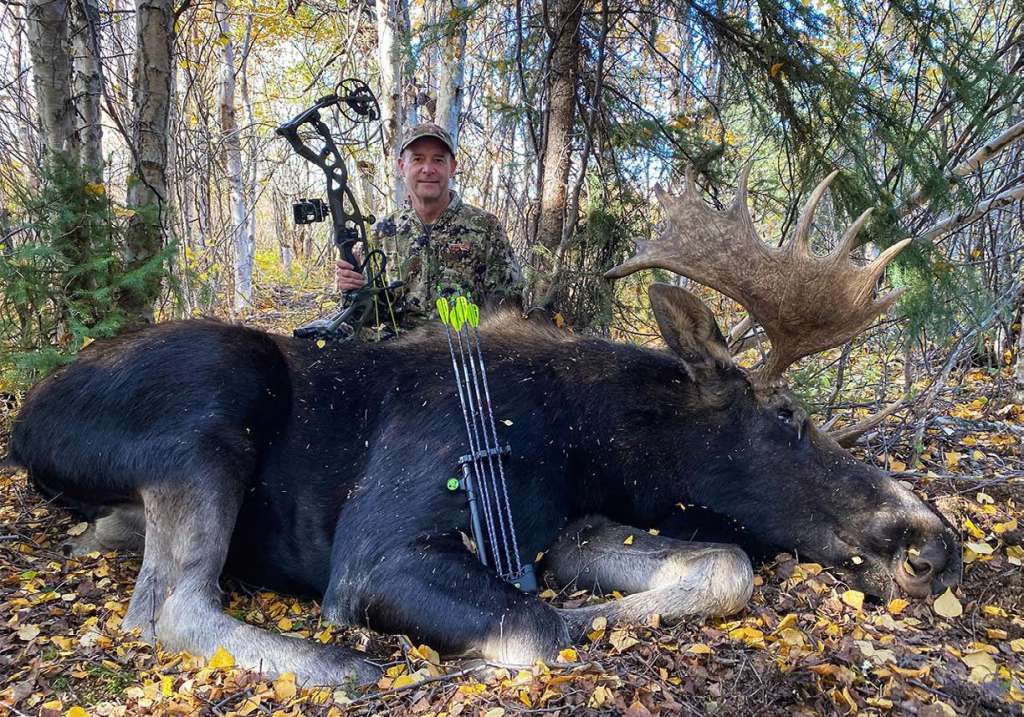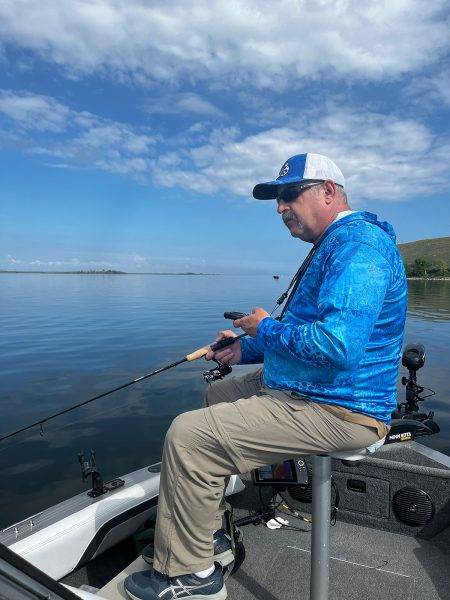There’s a rise at the corner! There’s another one, and another! The hunt was on!
Progressing slowly with utmost stealth, I finally made it within range of my prey. I focused, took a deep breath, and made my cast. Almost immediately, an explosive splash replaced the fly that I was so intently observing. A gentle lift on my fishing rod and the fish was hooked—as was I.
Spot-and-stalk (a hunting technique) fishing is so addicting! After veteran fly fishing guide Bruce Tilbrook introduced me to the technique a few years ago, I was bound and determined to get out every summer to fish for these tricky trout.
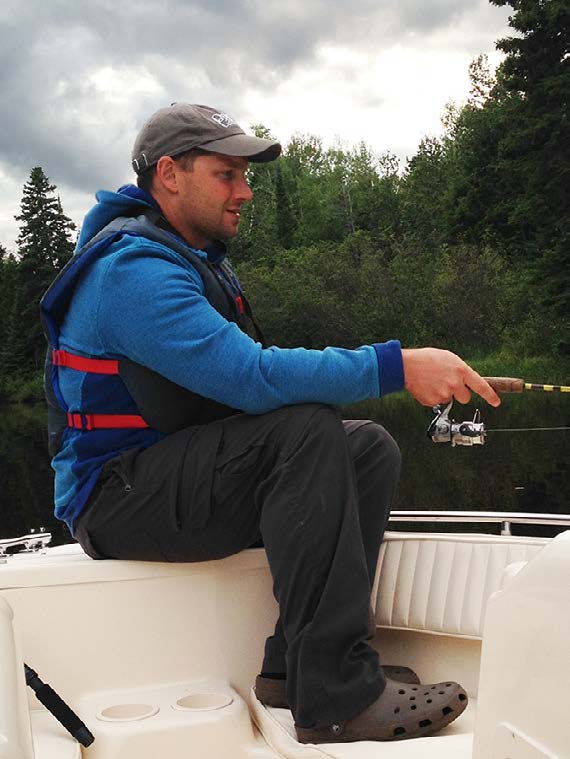
During my youth, hunting was always a fall activity. It never occurred to me that fishing for brown trout could be like hunting game, with only one chance to hook them. For most of my youth, I usually fished in lakes from a boat, as opposed to slowly making my way upriver in a predator-like manner.
Be that as it may, I did not know what I was missing. Spot-and-stalk fishing for elusive trout is hands-down the most exciting fishing going. That’s because it combines the visual aspects of first, spotting fish, and then proceeding to hunt them down. It takes the blindness out of fishing. Using dry flies with this technique, the visual appeal now doubles because you have a floating fly to watch as it drifts downstream into the fish’s feeding line.
The basic sequence of spot-and-stalk fishing consists of the following steps: first you spot a feeding fish, then, stalk within casting distance, and cast and present an irresistible meal in order to hook and land the fish on the first try. Repeat those steps until you run out of fish, energy, river or daylight.

Spotting
Spotting begins before you even wet a line. The angler should watch from a distance, preferably high on the riverbank. Anglers can watch for feeding fish for a period of at least ten minutes. Feeding fish can easily be spotted because of the rings of water they produce after eating an insect meal near or at the water’s surface. This evidence of a hungry fish is known as a rise, and it may also include a splash.
Once you’ve spotted a fish, do whatever it takes to avoid being seen by the fish. Always stay downstream of the fish because they face upstream looking for food. Then, work your way slowly upstream towards the fish. If a fish spots you, it will stop feeding and seek cover. You will then either have to move on or wait until the fish feels safe enough to begin feeding again. When a never- ending food supply is available (like a hatch), feeding constantly occurs. Since fish are opportunistic (and also lazy), sticking with a nervous fish during a hectic hatch is usually worth the wait. On the contrary, in situations where fewer flies are available to eat, a fish will not return to feeding as quickly. The best bet, in this case, is to move on to another opportunity.
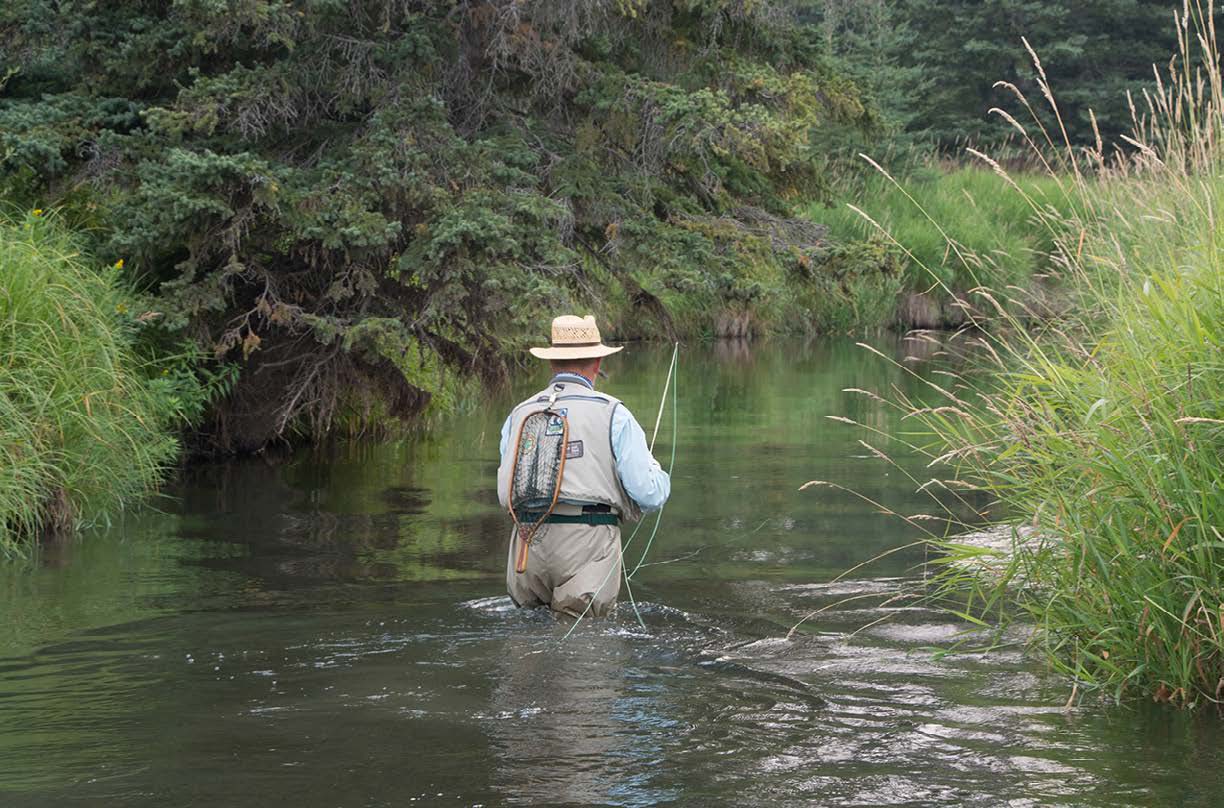
If the rise includes a bubble, it means the fish’s mouth broke the surface to eat an insect on the water surface. A bubble-free rise will be caused by the fish’s tail breaking the surface of the water on the way back down after inhaling an emerging fly (an insect heading to the surface from the river bottom). Either way, the fish will be positioned roughly one meter upstream of the rise.
In addition to locating the fish, determining what insects the fish is currently eating is equally important. The first clue to this is the rise type just mentioned above. The remaining missing information can be collected by inspecting live specimens from the stream surface or underneath rocks (depending on the type of rise). You’ll want to tie a fly onto your leader that matches the color and the size of the specimens, because fish key off those two properties first. It does not have to be an exact replica, but the closer the imitation resembles the specimens, the better chance you’ll have to catch the fish. At this point, you know where the fish is feeding and you also know what it’s swallowing. Now, it’s time to slip into casting range.
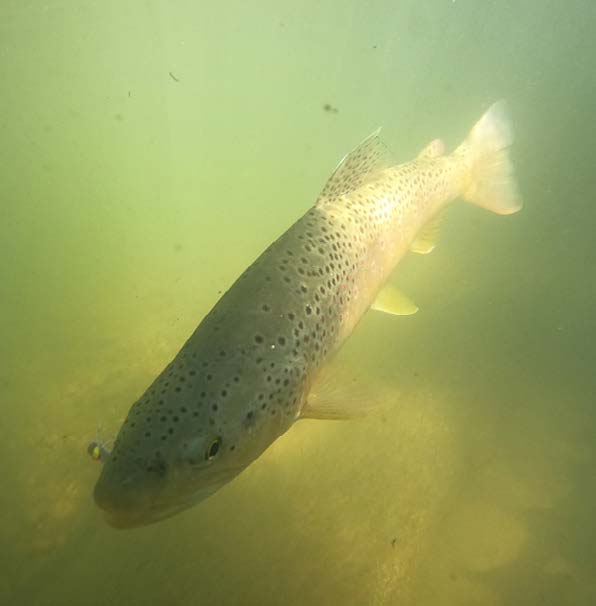
Stalking
Before embarking on your stalk, make some specific observations of these elements: water depth, current strength and path, casting room, bank overgrowth and places to enter the stream safely.
First, you must choose a spot to cast from, and then get there without disturbing the fish. Even though fish cannot hear, they sense vibrations caused by footsteps. That’s why stalking fish must be done slowly, carefully, and with light feet. It is still important to remain invisible by constantly using the surrounding natural elements to conceal yourself and blend in. In the case where you approach from along the top of the river bank, avoid skylining yourself by crouching down and using the vegetation as cover.
Another technique is to wade into the stream. From there, you can either cling to the river bank or keep your body close to the water surface as you navigate upstream. It is virtually impossible for fish to see anything distant and near the surface, because of their shallow viewing angle, but be cautious of deeper holding pools. The deeper the fish, the larger the viewing range it will have.
Fish have no reason to stop feeding on an insect hatch unless they feel threatened or full. Fish are patient, so keeping out of sight and slowly closing the distance means you’ll only have the presentation of the fly that remain to use to fool the fish.
I can report that the excitement and anticipation builds with each step you take toward your prey. Adrenaline builds as you approach the striking distance. While you may not need a large number of casts, placement and delicateness are of extreme importance in terms of presentation.
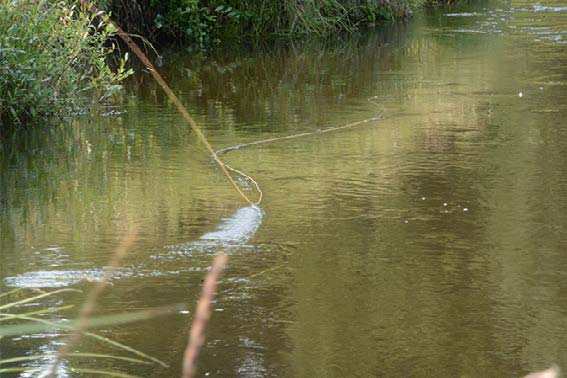 |
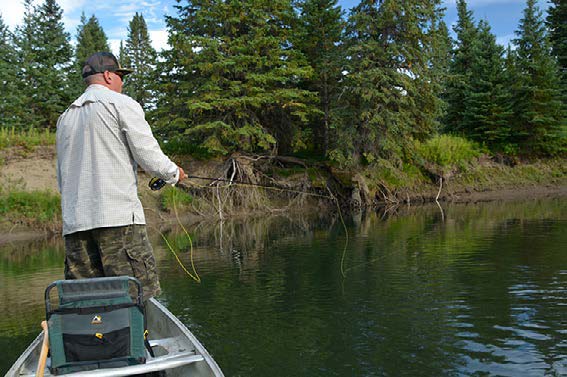 |
| Presentation of the fly is everything. You must not let brown trout see you or your line. | |
Casting
Plan to target your cast about two meters upstream of the rise. Gently land the fly on the water and let it drift towards the fish just like natural insects do. The fish will usually decide quickly and without hesitation to inhale it. If your fly is rejected by the fish and active feeding continues on biologicals, try switching the fly or use a smaller diameter leader. As long as the fish remains active (rising and feeding), you still have a chance to make the catch. But, if the fish’s activity ceases, you may have spooked it.
Another great attraction in hunting elusive fish like these tricky trout is that casting for long distances is not required. Catching fish within three meters is entirely possible. Nevertheless, bad casts are still bad casts, whether they are long or short. They will frequently spook the fish.
A good technique to calm your nerves and ensure you have the correct amount of line required is to false cast to another location in the stream away from the fish’s line of sight. This will help you increase your confidence, help you relax and calm your nerves, and ensure that you have ample back-casting room.
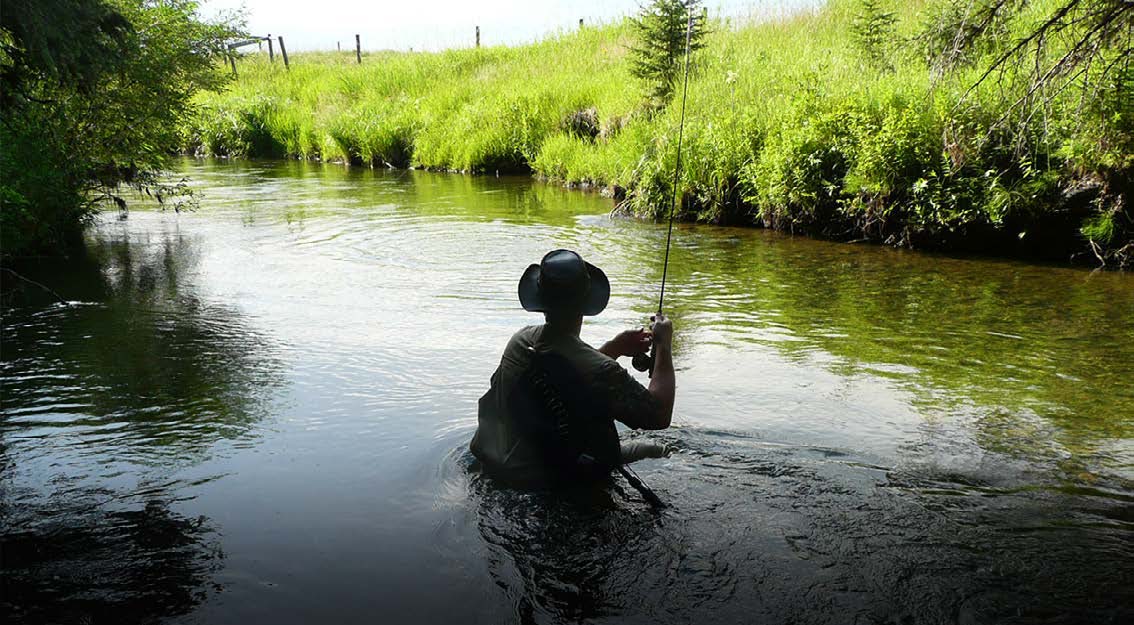
Expectations
Water ring sizes do not have a direct correlation to the size of the fish and so can be deceiving. It’s unlikely for small fish to displace a large volume of water during a rise, however. While it’s impossible to accurately determine the size of the fish you are stalking, size doesn’t matter. Bigger fish are always welcome in the nets of anglers, but stalking small feisty fish is just as much fun as catching the larger trophies.
It is not uncommon to stumble upon a stretch of water with half a dozen different size fish stacked up, all less than a meter apart, each feeding separately. Stalking and landing them all is the ultimate challenge and accomplishment. When you find a cluster of fish gorging on a hatch, usually the larger one is at the front of the school furthest upstream from you. Avoid casting to it first, as this will cause the other fish to scatter and spook the area. Your plan should be to catch each one in sequence and quickly release them with minimal disturbance.
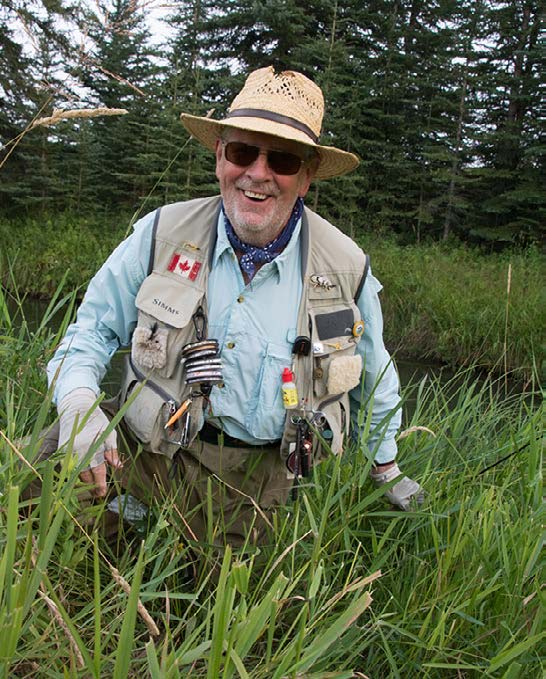
A typical ideal summer spot-and-stalk day will include overcast skies, transparent water clarity, an insect hatch of some sort and hopefully many rising fish. The best times to fish are usually afternoon to evening, but fish are opportunistic and will feed when food floats by them.
Stalking and convincing a wild fish that your artificial fly is yummy enough to eat is absolutely thrilling. When you are waiting and watching for that known fish to strike your fly, your body fills up with anticipation and adrenaline. When the moment of truth arrives and you finally hook that fish you’ve been stalking, your accomplishment will leave a rewarding feeling of complete satisfaction. Your anticipation will be replaced with an ear-to-ear grin and a calming heart rate as you proceed to land and treasure your fish.
The challenge and climax of the chase is what hunting tricky trout is all about. I cannot think of another hunt-like activity I’d rather do in the summer than fishing with my eyes and flies.
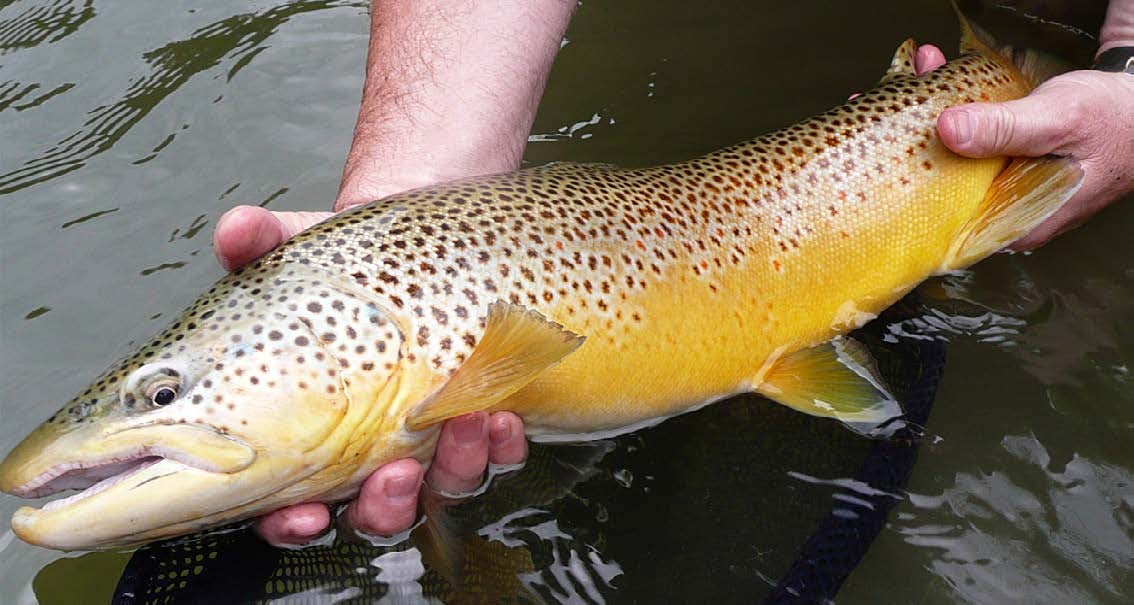
Per our affiliate disclosure, we may earn revenue from the products available on this page.

